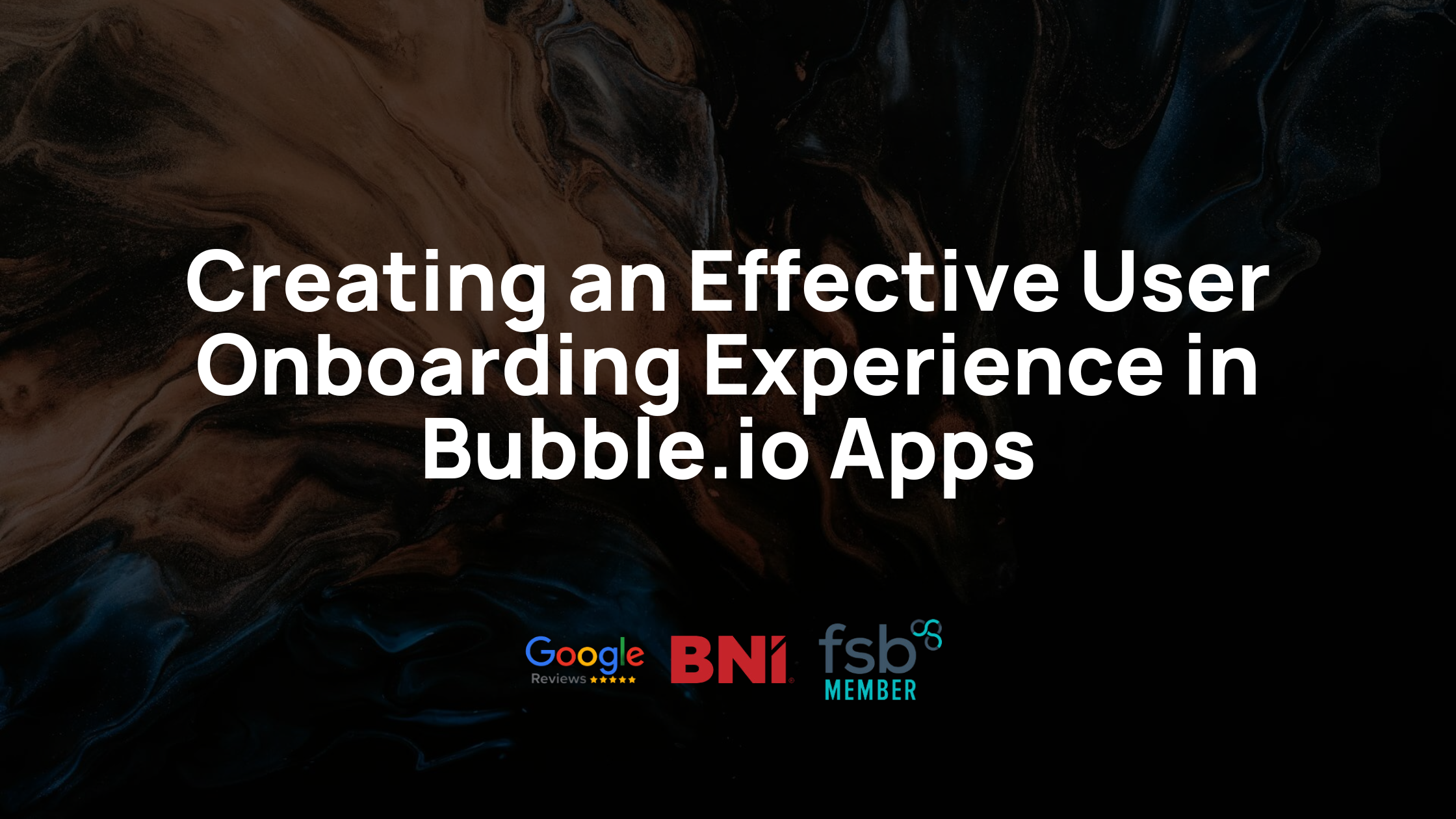Optimising Application Performance in Bubble.io: Building No-Code Apps
In the fast-paced realm of no-code app development, establishing an optimal balance between feature-rich applications and robust performance is a crucial factor for success.
Today, users have high expectations regarding app performance, seeking fast, reliable, and responsive experiences. As Bubble.io developers, we appreciate the importance of building efficient, high-performing applications that load quickly and keep users engaged.
In this comprehensive guide, we'll delve deep into strategies and techniques for optimizing your Bubble.io app's performance, ensuring your application loads faster, runs smoothly, and leaves a lasting impression on users.
We'll equip you with both theoretical knowledge and practical tips, enabling you to make smart development decisions that lead to a more efficient, responsive, and user-friendly application.
Part 1: Designing an Efficient Data Structure – Streamlining Database Connections
The organization of your Bubble.io app's data has a significant impact on its performance. Design an efficient data structure that enables seamless retrieval and reduces data load, improving your app's responsiveness.
Minimise Data Retrieval Times
Design your Bubble.io app's database efficiently, ensuring data can be readily accessed within minimum latency. Employ strategies such as indexing and pagination to speed up data retrieval times and enhance your app's responsiveness.
Avoid Unnecessary Data Loads
Improve Bubble.io app performance by reducing unnecessary data load. The 'do a search for' function in Bubble.io retrieves data from the app's database, so use it sparingly, limiting the amount of data fetched at any given time. Implement constraints and filters to fetch only data that's absolutely necessary.
Utilise Caching Mechanisms
Caching mechanisms store frequently accessed data temporarily to decrease load times. Leverage Bubble.io's built-in caching system to boost your app's performance, ensuring data that users repeatedly request is quickly and easily accessible.
Part 2: Optimising Workflows and Conditional Logic – Expediting Processing and Rendering
Efficient workflows and well-designed conditional logic are vital for enhancing your Bubble.io app's performance. Minimize redundant and complex operations to reduce processing and rendering times.
Reduce Workflow Complexity
Fewer, simpler workflows lead to better overall performance. It's essential to reduce the number of workflows and actions within them. As a general rule, avoid nesting workflows and keep them as simple as possible.
Streamline Conditional Logic
Optimize your Bubble.io app's performance by streamlining conditional logic. Utilize a conditional statement only when necessary, avoiding convoluted expressions. The use of multiple 'and' and 'or' operators can slow down your app, so keep conditions simple and straightforward.
Trigger Actions Strategically
Managing actions within workflows plays a vital role in app performance. Trigger actions only when necessary, reducing the total number of triggered actions and optimizing processing times.
Part 3: Leveraging Reusable Elements and Custom States – Improving App Structure and Modularity
Reusable elements and custom states help improve your Bubble.io app's performance by reducing code duplication and enhancing modularity. Implement these strategies to establish an efficient, user-friendly app structure.
Implement Reusable Elements
In Bubble.io, reusable elements are container-like components that allow you to reuse a single element and its workflows in multiple places across your app. Utilise reusable elements to streamline your app structure and reduce code duplication.
Utilise Custom States
Bubble.io's custom states enable you to store data temporarily within a specific element. Employ custom states to pass data between elements without needing to build complex workflows or retrieve data from a database, thus improving your app's performance.
Emphasise Modularity
A well-structured, modular app is easier to maintain and optimize. Incorporate reusable elements and custom states in your Bubble.io app development process, achieving a clean and efficient app architecture.
Part 4: Monitoring and Analyzing Performance Metrics – Fine-Tuning Your Bubble.io App's Performance
Performance metrics offer valuable feedback, guiding you as you refine and optimize your Bubble.io app's performance. Iterate and learn from data-driven insights to achieve the best results.
Track Key Performance Metrics
Monitoring performance metrics, such as page load times and time spent executing workflows, aids in identifying potential bottlenecks and areas for improvement.
Identify Performance Pain Points
Utilise Bubble.io's built-in debugging tools to pinpoint any elements or workflows causing performance issues, enabling you to resolve them promptly.
Adopt a Data-Informed Approach
Leverage analytics and data-driven insights to establish a clear understanding of your Bubble.io app's performance, using this information to guide your optimization and enhancement efforts.
Final Thoughts
It's crucial to prioritize performance optimization when building your Bubble.io applications. A fast, responsive application can significantly improve the user experience and ultimately increase user engagement.
By focusing on efficient data structures, optimizing workflows and conditional logic, leveraging reusable elements and custom states, and monitoring performance metrics, you can transform your Bubble.io application into an agile and dynamic tool that meets users' demands.
If you need assistance perfecting your Bubble.io app's performance or would like expert guidance throughout the development process, don't hesitate to get in touch with our team of skilled Bubble.io developers at CreatorConcepts Limited. We're here to support you in building exceptional no-code applications that delight users and elevate your digital presence.
 By
By


